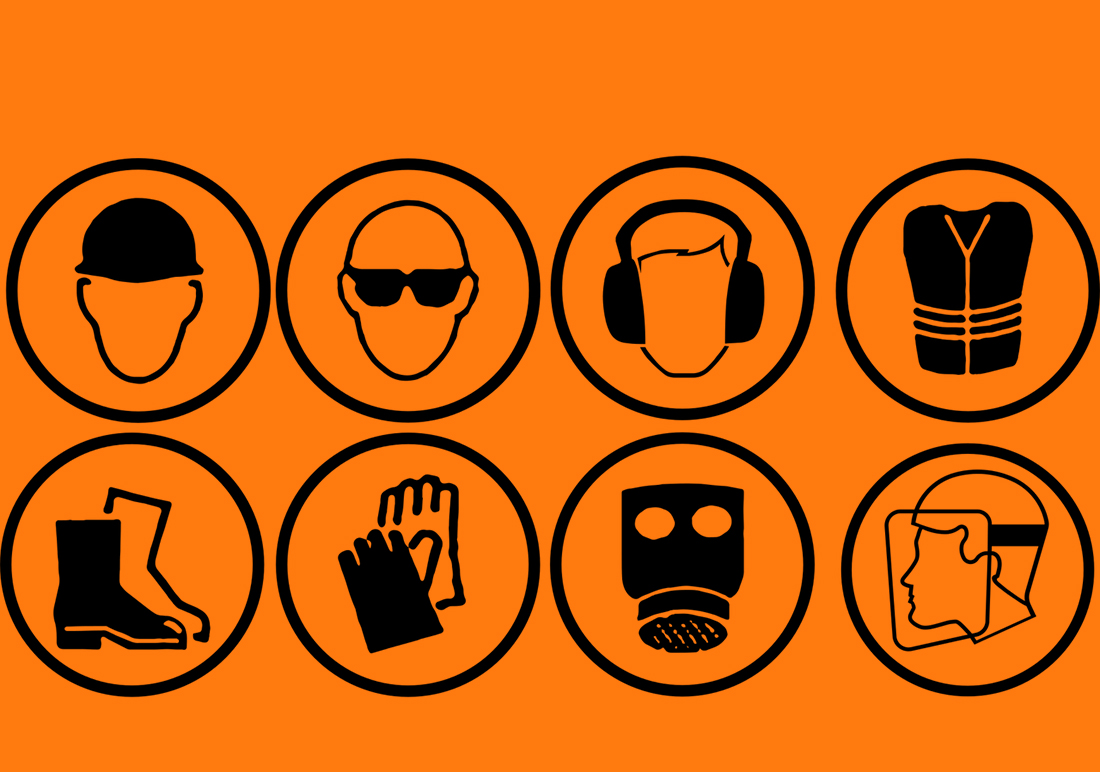Tips on Creating a Safe Environment for Your Employees to Work In
Workplace safety is a growing concern, especially as workplace injuries continue to rise. This blog post will discuss the basics of creating a safe environment for your employees to work in. We’ll go over what you need to know about Occupational Safety and Health Administration (OSHA) regulations, how to create a company-wide safety policy that includes all employees, and the other steps necessary to ensure your business remains compliant with OSHA standards.
1. Invest in Personal Protective Equipment
You will need to purchase different types of safety gear depending on the kind of work environment and job duties performed by your staff. For example, if they spend most of their time working with machinery or chemicals, an entire suit may be necessary. However, there is also a chance that simple items like gloves can protect them from potential accidents. PPE should meet OSHA standards and be comfortable enough so workers aren’t tempted to cut corners when using them properly during daily activities. It’s crucial to buy top-quality products because subpar versions won’t have the features needed for maximum protection levels against workplace hazards.
2. Offer Regular Health and Safety Training
Just having personal protective equipment is not enough to protect your employees. They also need quality health and safety training on how and when to use their gear consistently, which regular health and safety training sessions can accomplish. The content of this training should include information about the different types of hazards they might come across in the workplace and adequately use PPE so that it doesn’t create additional risks for them either. It’s essential to keep all staff up-to-date with this information because new workers are often unaware of potential dangers. At the same time, veteran employees may forget or neglect specific procedures due to complacency. Use a variety of resources like videos, pamphlets, posters, etc.
3. Exercise Emergency Evacuation Plans
During an emergency, you need to have a clear plan of action in place so that everyone knows exactly what they should do. This is especially important for evacuating the building quickly and safely if there’s ever an unexpected threat like a fire or chemical spill. All staff members must be aware of this protocol ahead of time, which can be done through informative training tailored for each department. For example, supervisors would receive instructions on how to lead their team out while employees working in specific roles might learn details about locking down certain areas once they’re gone. Of course, just because these plans are designed with safety in mind doesn’t mean you shouldn’t make them fun too! Consider incorporating engaging activities, quizzes, videos, etc., during training to keep employees engaged and interested.
4. Communicate effectively
It is no secret that the best plans can fail due to miscommunication or a complete lack of communication. Therefore, effective communication is key to protecting your employees and guaranteeing your employee safety plan’s success. You can share the latest incident information with all your employees, for starters, using the best app for emergency communication. This way, your business can keep everyone in the loop and build a more robust safety culture, ultimately reducing work injuries that cost you and your workers time and money. Communication also involves praising employees for positive safety behaviours to encourage others to do the same, so keep this in mind.
Creating a safe workplace can be challenging, but it’s well worth the effort. By following these tips, you will ensure that your employees are protected from potential dangers while on-site and have all of the tools they need to keep themselves and others out of harm’s way during emergencies.

